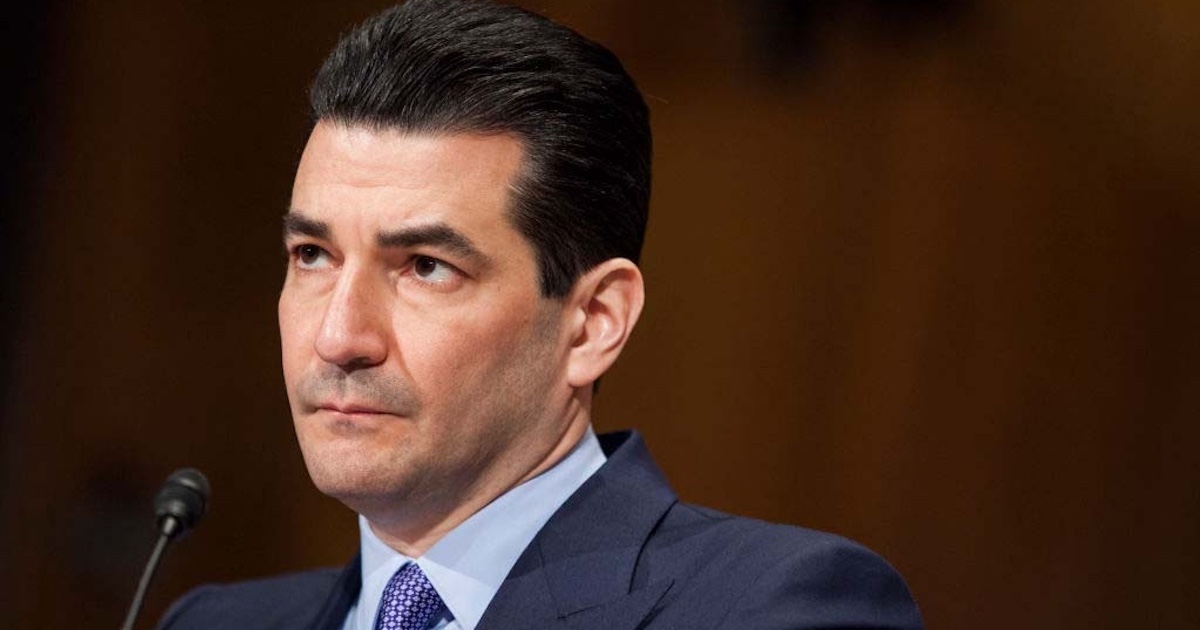With the new Apple Watch poised to shake up the smartwatch movement, several new apps are already imagining what clinicians can do on their wrists.
The Apple Watch may exist only as a cool TV commercial right now – it's due to be made available on April 24 – but several mHealth companies (including a few providers) aren't wasting any time developing their own apps for the trendy smartwatch. Doximity unveiled its app late last week, while Cerner, Epic, the Mayo Clinic, Vocera, Anthem (with CareEvolution), Medisafe, HealthTap and athenahealth all made announcements or hinted at upcoming apps this week.
[See also: Apple touts Watch's fitness features]
"It's a great opportunity to put information even closer to the user," said Gautam Shah, Vocera's vice president for product management. "You're surfacing the most important information and putting it on people's wrists."
More importantly, you're putting that information on the wrists of doctors and other healthcare providers who don't have time to check their phones, or are encased in scrubs and gloves and can't touch their phone.
While some healthcare pundits wondered if the Apple Watch would gain traction in the provider setting because it can't – yet, at least – access physiological or clinical data with any degree of accuracy, the apps being unveiled now are purely for communication.
[See also: Smartwatches are missing a crucial market]
"It's for that occasional urgent thing among the ambient information," said Abbe Don, vice president of design strategy for the Epocrates business of athenahealth, which has tailored its athenatext text messaging app for the Apple Watch. "Any healthcare provider – you don't want them to have their phone in their hand all the time, and you don't want to interrupt the flow of that special moment" between the doctor and the patient.
With the Apple Watch, both Shah and Don point out, a healthcare provider can quickly and easily scan through messages – phone calls, e-mails, texts, faxes – and decide on the spot whether anything needs immediate attention. They can then step aside, pull out their iPhone, and address whatever needs to be addressed immediately.
"It gives you immediate access to the highly important pieces of information that you really want to get," Shah added.
Don anticipates more uses cases down the line, especially "time-based" tasks like physician scheduling. Shah sees the Apple Watch as the ideal platform for an alert notification, like a panic button, but cautions that he doesn't want to overload the watch with so many apps that it kills the battery.
"This is not just an app," he added. "You need more than that. You need a platform underneath it. Context is the key."
Medisafe's Apple Watch app, meanwhile, targets consumers and focuses on medication adherence. The app is designed to enable users to respond quickly to updates and prompts about their medication regimen, such as confirming that a drug has been taken or checking on dosages.
"Medisafe's Apple Watch app brings patients even closer to their medication and makes them increasingly accountable for their health," Omri Shor, Medisafe's CEO, said in a press release. "Apple Watch not only makes it even easier for our users to stay on top of their medications, but also promises a more complete picture of a patient's health. The Medisafe app supports HealthKit, so any data captured through Apple Watch's sensors and workout and activity apps will be available to Medisafe users so they can track important health ansd fitness data alongside their adherence."
A slightly different use case comes from Anthem and CareEvolution, who have unveiled an app designed to link consumers to their providers and health plans through their wrists. The cFHR Apple Watch app, designed to work with the Apple HealthKit-enabled iPhone cFHR app, will give users access to alerts and medical information, such as prescription refills, suggested preventive screenings and potential drug interactions.
"Consider it a tap-on-the-wrist reminder," the Anthem-CareEvolution press release states.
[See also: Smartwatches: Good for telling time, but not for collecting clinical data (yet)]


